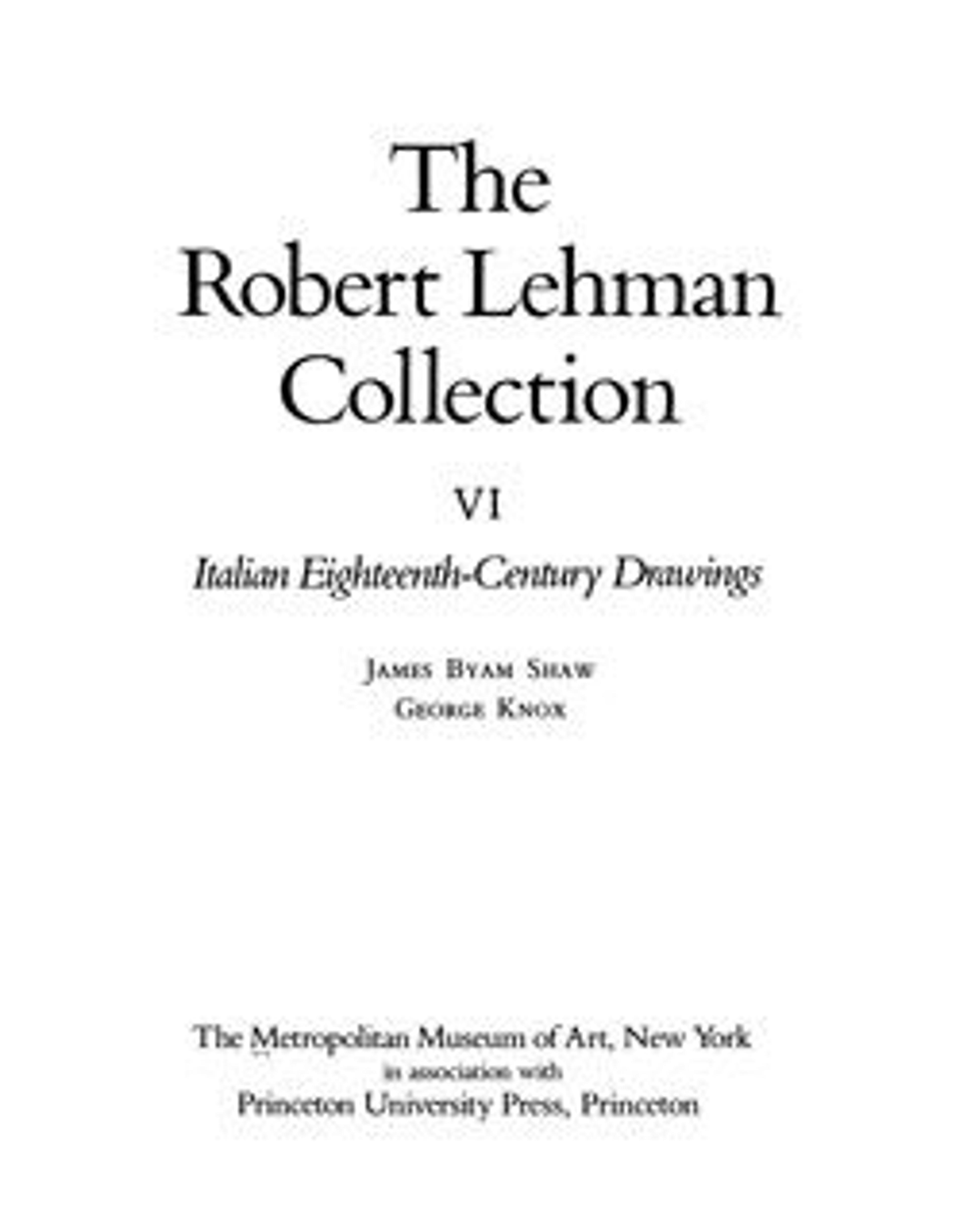Bacchus and Ariadne
Giambattista Tiepolo was arguably the greatest painter of eighteenth-century Europe, celebrated for his grand decorative cycles in Venetian churches, and in the villas and palaces of Italy, Germany, and Spain. Tiepolo was equally prized as a draftsman, his powers of invention brilliant and prolific. "Bacchus and Ariadne" is one of Giambattista's most famous pen and wash drawings. It represents Bacchus with Ariadne and two members of his retinue, a putto and a satyr. As Ovid's mythology relates, Theseus abandons Ariadne on the island of Naxos, whereupon Bacchus rescues and marries her. Bacchus and Ariadne are seated on an unidentified object, perhaps a wine bottle. Although the sheet cannot be linked specifically to a painting by the artist, its low viewpoint suggests a ceiling fresco, and its subject recalls Tiepolo's ceiling decorations in the Palazzo Labia, Venice, and in the Palazzo Clerici, Milan, both dating from the first half of the 1740s.
Artwork Details
- Title:Bacchus and Ariadne
- Artist:Giovanni Battista Tiepolo (Italian, Venice 1696–1770 Madrid)
- Date:ca. 1740
- Medium:Pen and brown ink, brown wash, over black chalk.
- Dimensions:12 5/16 x 9 9/16 in. (31.2 x 24.3 cm)
- Classification:Drawings
- Credit Line:Robert Lehman Collection, 1975
- Object Number:1975.1.443
- Curatorial Department: The Robert Lehman Collection
More Artwork
Research Resources
The Met provides unparalleled resources for research and welcomes an international community of students and scholars. The Met's Open Access API is where creators and researchers can connect to the The Met collection. Open Access data and public domain images are available for unrestricted commercial and noncommercial use without permission or fee.
To request images under copyright and other restrictions, please use this Image Request form.
Feedback
We continue to research and examine historical and cultural context for objects in The Met collection. If you have comments or questions about this object record, please contact us using the form below. The Museum looks forward to receiving your comments.
